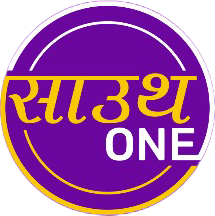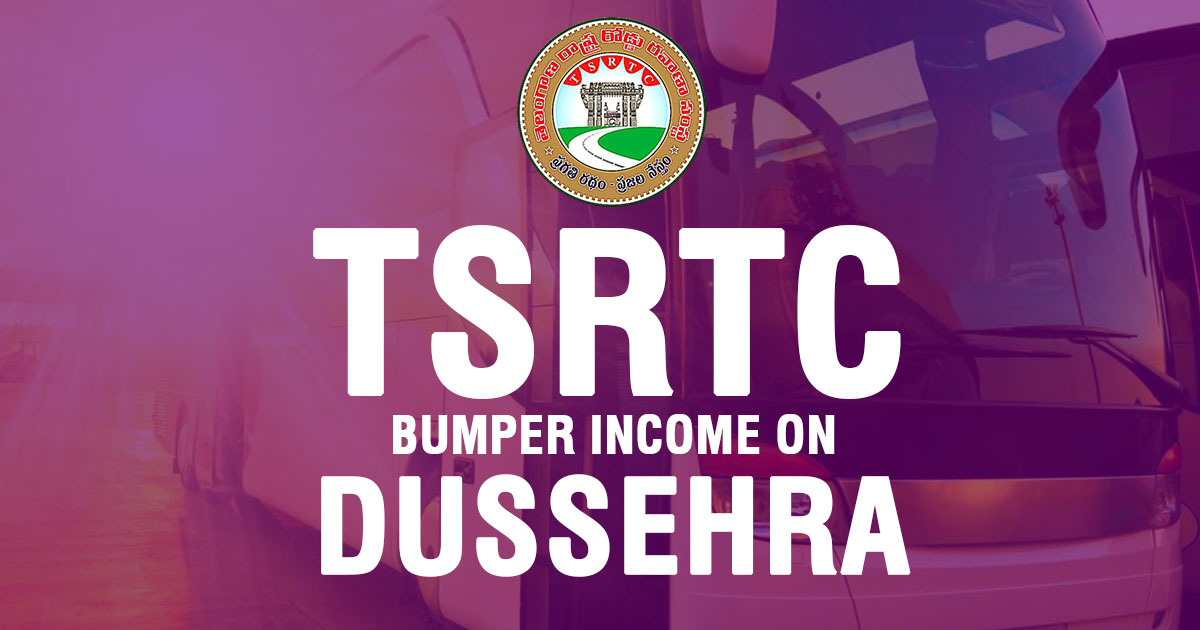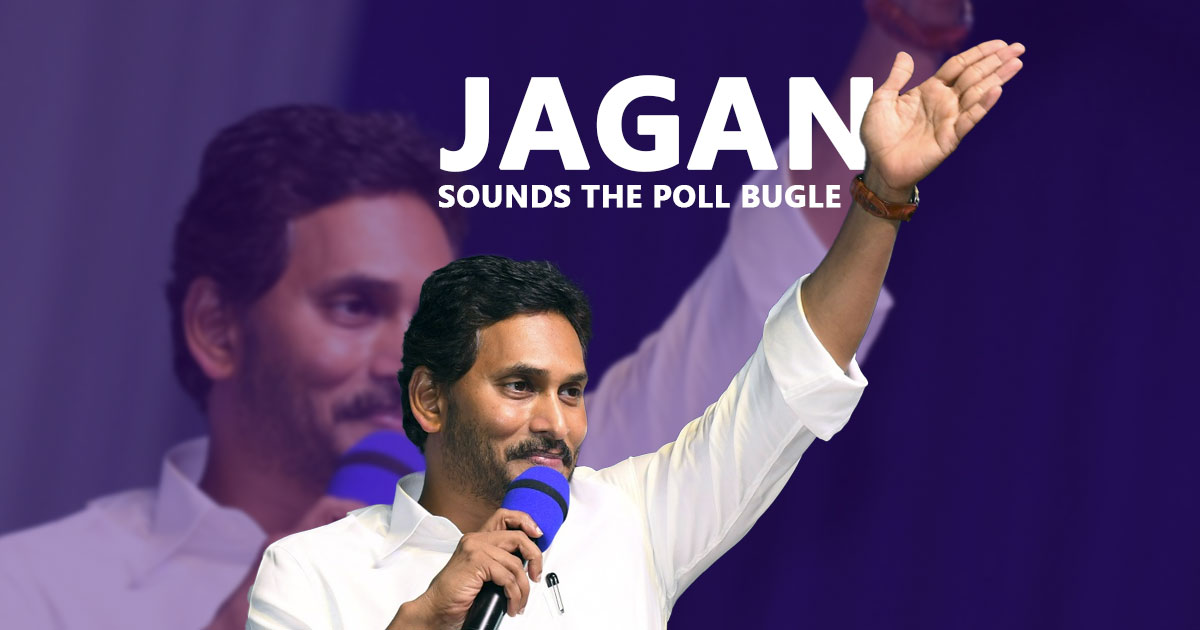India-Middle East-Europe Economic Corridor (IMEC) was launched on the sidelines of G20 Summit in New Delhi on September 10 this year, it is an economic route that aims to connect the Indian subcontinent, the Middle East, and Europe through a network of infrastructure projects, trade agreements, and economic cooperation. This corridor seeks to enhance trade, investment, and connectivity between these regions, potentially benefiting various countries along the route.
#WATCH | G 20 in India: Handshake by Prime Minister Narendra Modi, US President Joe Biden and Crown Prince of Saudi Arabia Muhammed Bin Salman, at PGII & India Middle East Europe connectivity corridor launch event, in Delhi pic.twitter.com/YgW22tbcpw
— ANI (@ANI) September 9, 2023
Overview: India-Middle East-Europe Economic Corridor (IMEC) Project
IMEC project will consist of Railroad, Ship-to-Rail networks, and Road transport routes extending across two corridors, i.e. The East Corridor that will connect India to the Arabian Gulf, and the other is Northern Corridor that will connect the Gulf to Europe. The IMEC corridor will also include an electricity cable, a hydrogen pipeline, and a high-speed data cable.

IMEC forms part of the Partnership for Global Infrastructure and Investment (PGII), which is a value-driven, impactful, and transparent infrastructure partnership established to address the substantial infrastructure requirements of countries with lower and moderate incomes.
In 2021, the U.S. along with its allies announced the launch of Build Back Better with the aim of narrowing the 40 trillion dollar infrastructure gap in the developing world.
Partnership for Global Infrastructure and Investment (PGII) in fact is a re-launch of the B3W plan, which has been seen as the G7’s counter to China’s multi-trillion dollar Belt and Road Initiative (BRI) to build connectivity, infrastructure, and trade projects in Asia, Europe, Africa, and Latin America.
IMEC: India’s Moment to Outshine as a Regional Power
The signatories to IMEC are India, the US, Saudi Arabia, UAE, the European Union, Italy, France, and Germany, they have come together to create this comprehensive transportation network which is also seen as a potential counter to China’s BRI in the Eurasian region.
The IMEC is expected to increase efficiency related to transit, reduce costs, generate jobs, and lower greenhouse gases, bringing a transformative integration of Asia, Europe, and the Middle East.
If we see China using BRI from the Indo-Pacific to West Asia to further its economic and political influence to increase its holds with relatively unstable economies, through debt trap diplomacy, in this regard, IMEC will be seen as a counter to the expansionist policies of China, where unlike China that lends loans at exorbitant prices, in IMEC the loans will be given based on internationally accepted standards.
IMEC has a consultative approach by taking together all the concerned signatories and stakeholders together, unlike BRI which is solely China-led.
If we consider benefits for India, it will link major ports of western India including JNPT, Kochi, Kandla, and Mundrawith major shipping ports of the Gulf including Jebel Ali, Fujairah, Ras Al-Khair, Dammam, Duqm, and Salalah, which will further connect it to Piraeus port in Greece, Messina in South Italy, and Marseille in France.
It will further reduce our dependency on Pakistan in accessing Middle-East through land, by serving as an alternative trans-regional commercial transportation route to the troubled Chabahar-based International North-South Transit Corridor, for example- It will reduce the transit time by making the shipping of Indian goods by 40% faster than through the Suez Canal maritime route, with this the Indian goods are expected to reach the European mainland in less than 10 days.
Prime Minister Modi, suggested that the corridor, “promises to be a beacon of cooperation, innovation and shared progress”
Apart from enhancing trade opportunities and giving a boost to industrial growth, the corridor deepens India’s strategic engagement with the Arabian peninsula by establishing enduring connectivity and elevating political and strategic links with nations in the region, it also opens for future strategic engagements with Africa.
IMEC: Troubled Waters Ahead
It was only a month ago that the Memorandum of Understanding (MoU) was signed on 10th September, for taking IMEC further, a meeting was also planned in the next 60 days, to carve out an action plan with relevant timelines but it seems that the ever tensed and complex waters of Middle East that were seeming to be at calm for some time by the signing of Abraham Accords, I2U2 initiative appears to be doubtful.
While Israel has official ties only with Egypt, Jordan, the UAE, Bahrain, and Morocco in the Arab region. Saudi Arabia and Israel have had no diplomatic ties, primarily because of differences on the Israel-Palestine issue, though in recent years they have witnessed signs of a thaw, with negotiations underway for normalization.
Israel was also set to join the IMEC project, but the present conflict between Israel and Hamas has again put the Middle East region on the burner, with each day the intensity of the conflict is increasing and Israel has already declared a “state of war” with differences rising between Israel and the Arab states.
The immediate impact of the ongoing conflict, though, is confined to Israel and Gaza but with the raging fire of the clash, it seems likely that the whole of the Middle East region will feel the heat, eventually having geopolitical consequences that will have potential ramifications for the proposed corridor also.
The most pertinent result of this conflict on the IMEC project will be in terms of timeline, which might be thrown in a state of disarray, it might derail any progress made till now for example- the prospect of a historic peace deal between Israel and Saudi Arabia, where both the countries are a crucial linchpin for the IMEC framework.
While some experts are showing optimism thinking that, the corridor is a long-term project work, on which work hasn’t even started yet so the conflict is unlikely to impact it.
The conflict in West Asia would not have any impact on the IMEEC as it has long-term significance. “The IMEEC, which is an India initiative, is for the long term, and its significance is long-term. While short-term glitches can have concerns and occupy our minds, we will keep engaging with all stakeholders. This is just not for the immediate future, we have started it with a long-term interest,”
Finance Minister Nirmala Sitharaman







